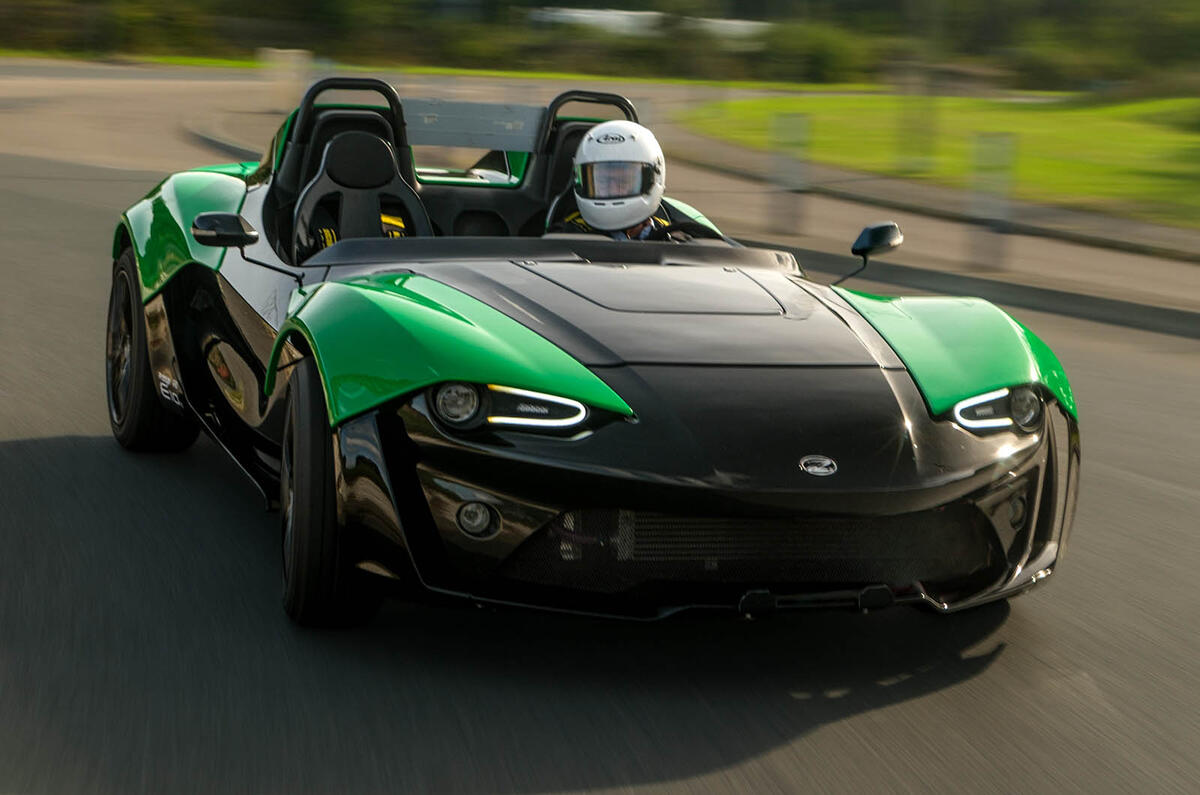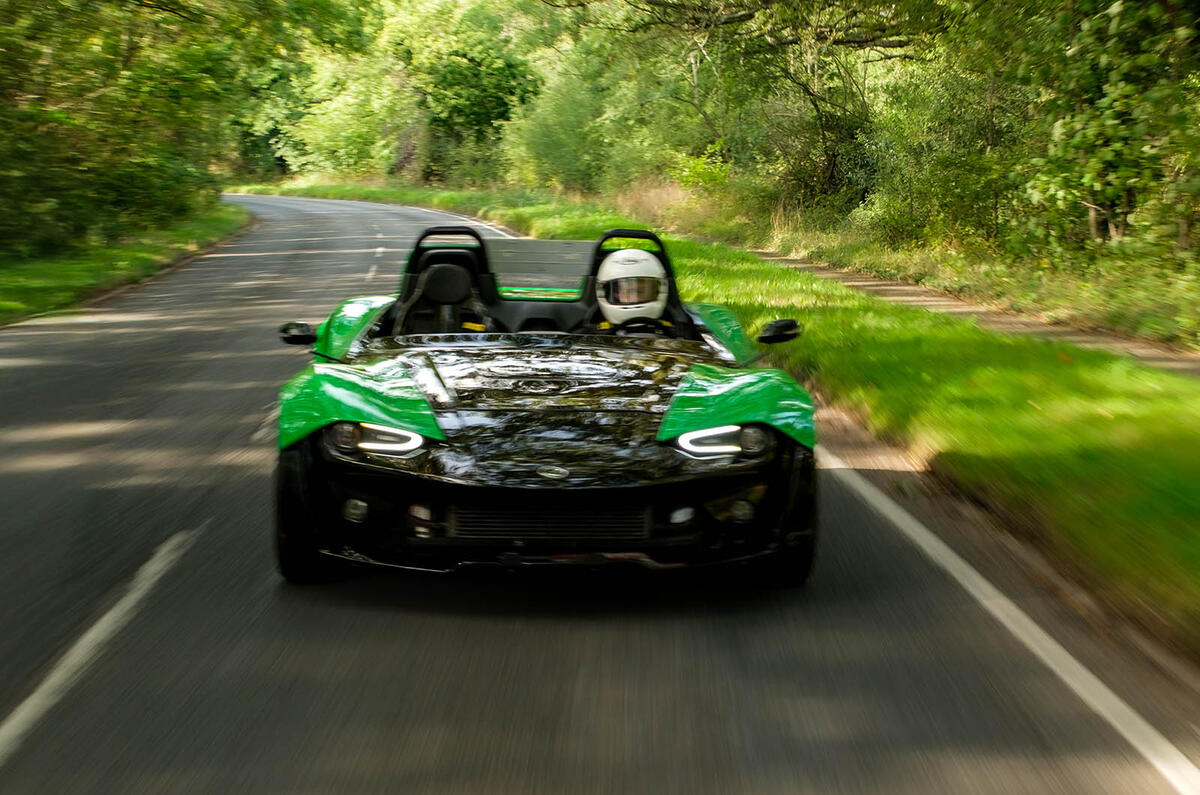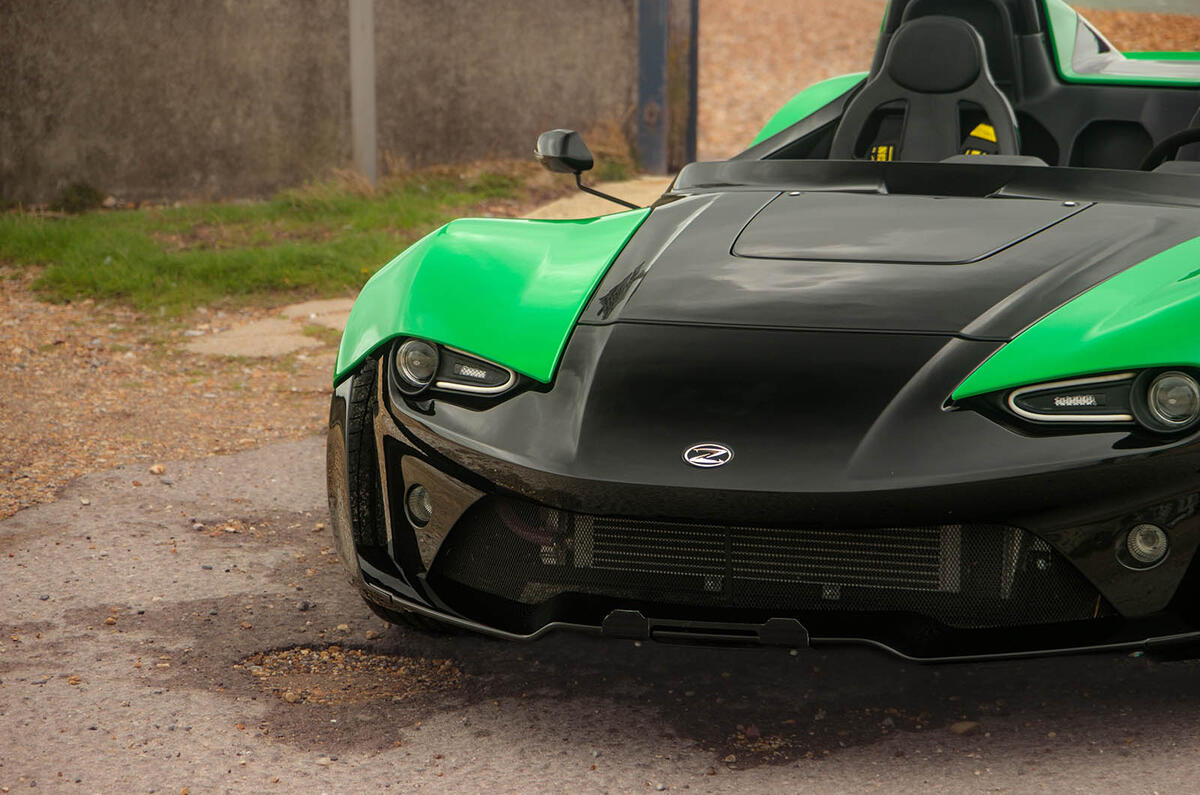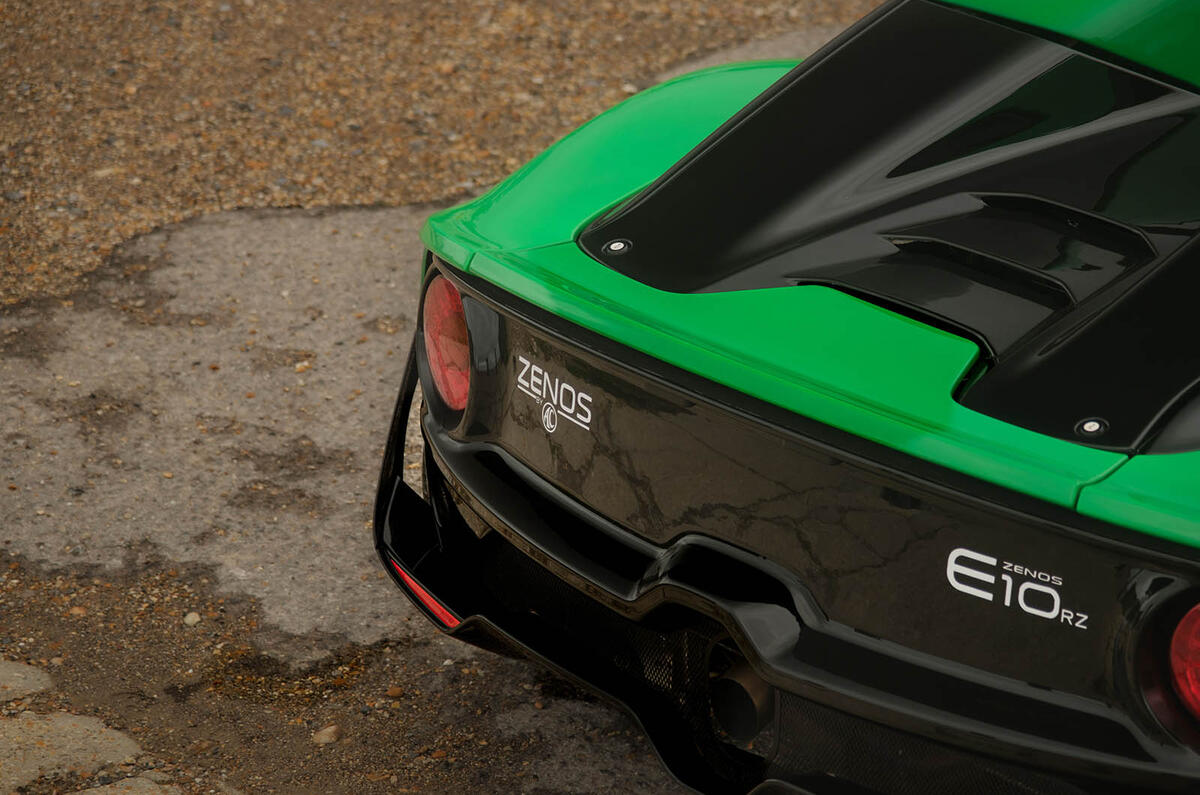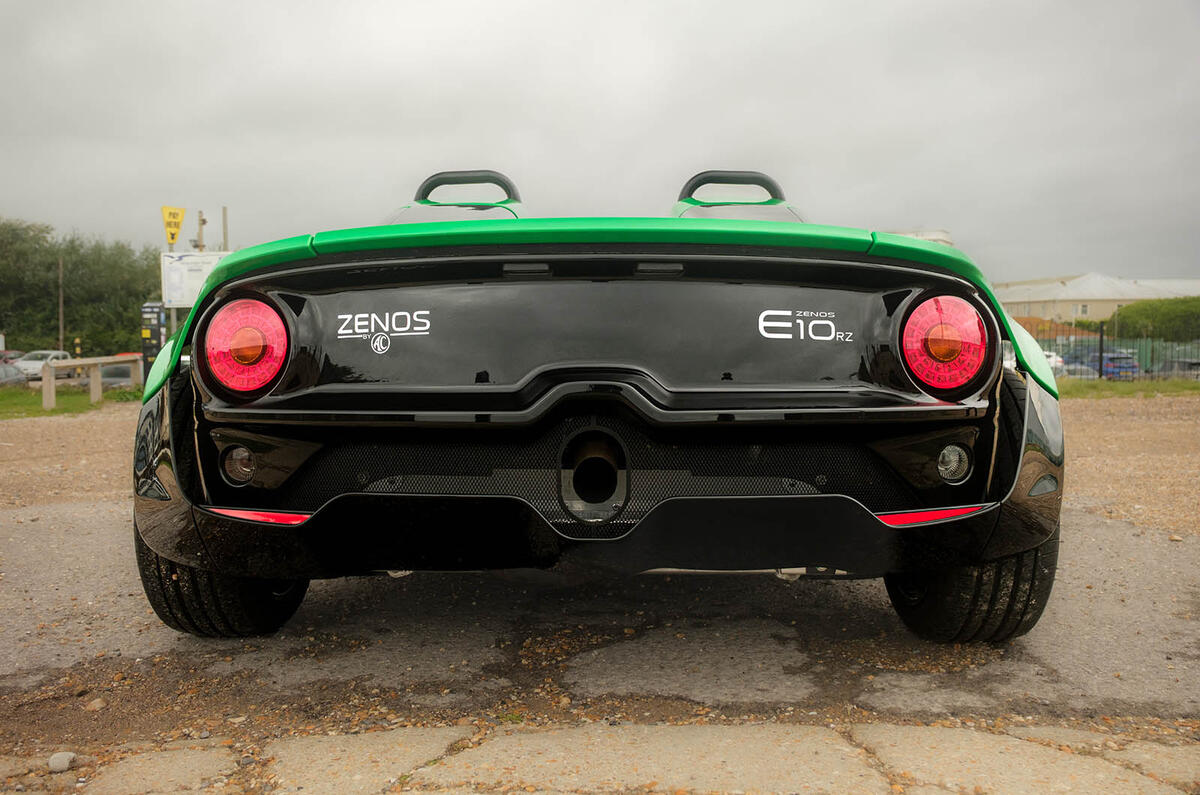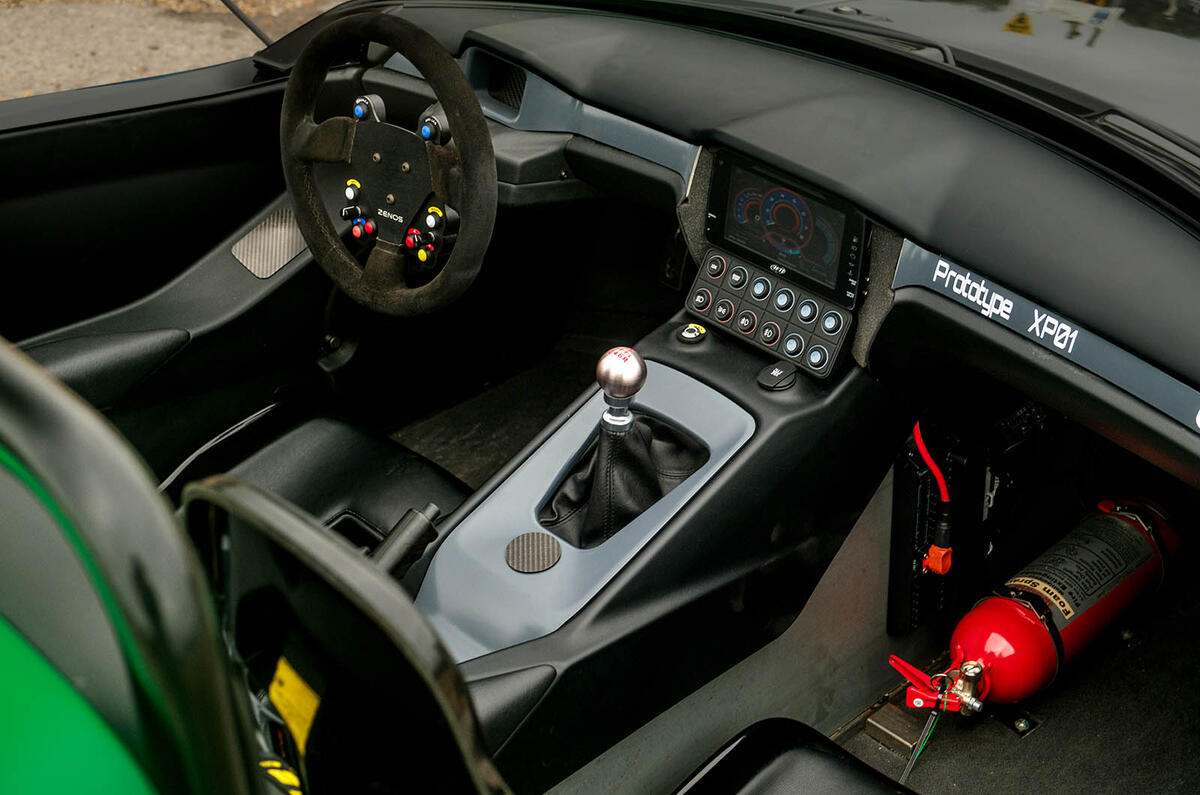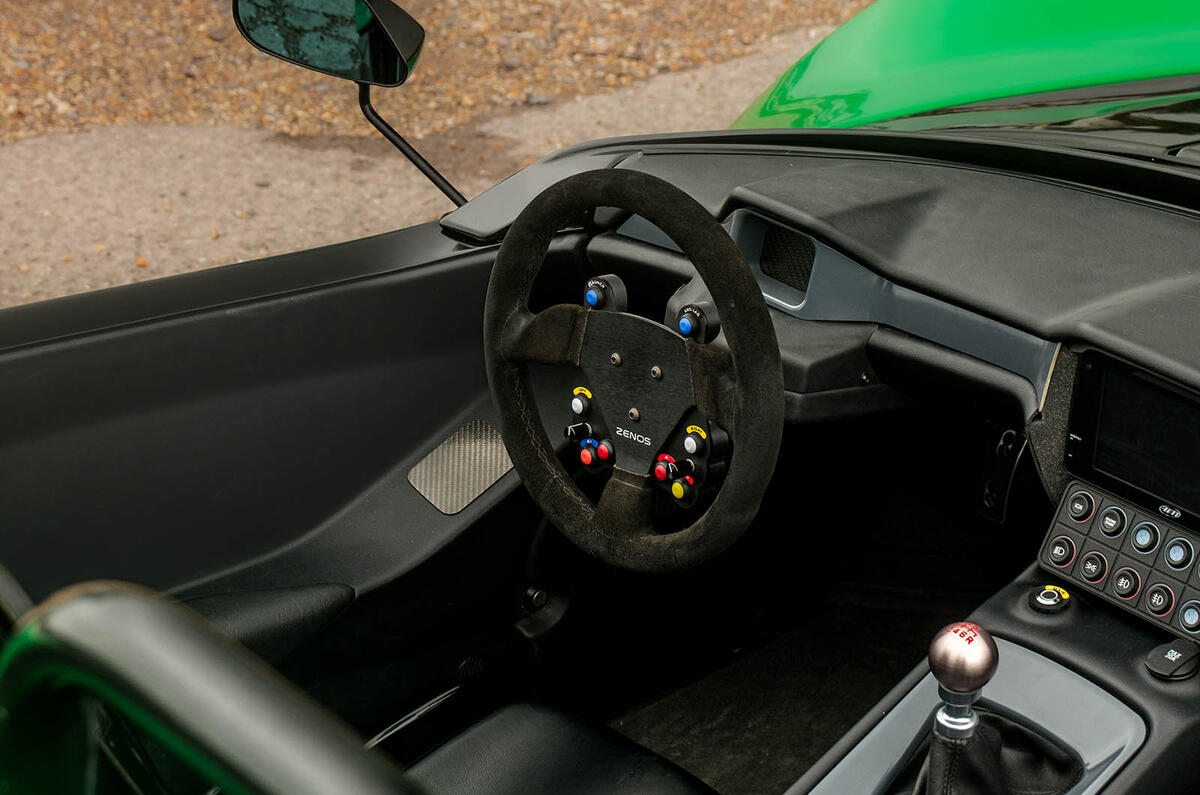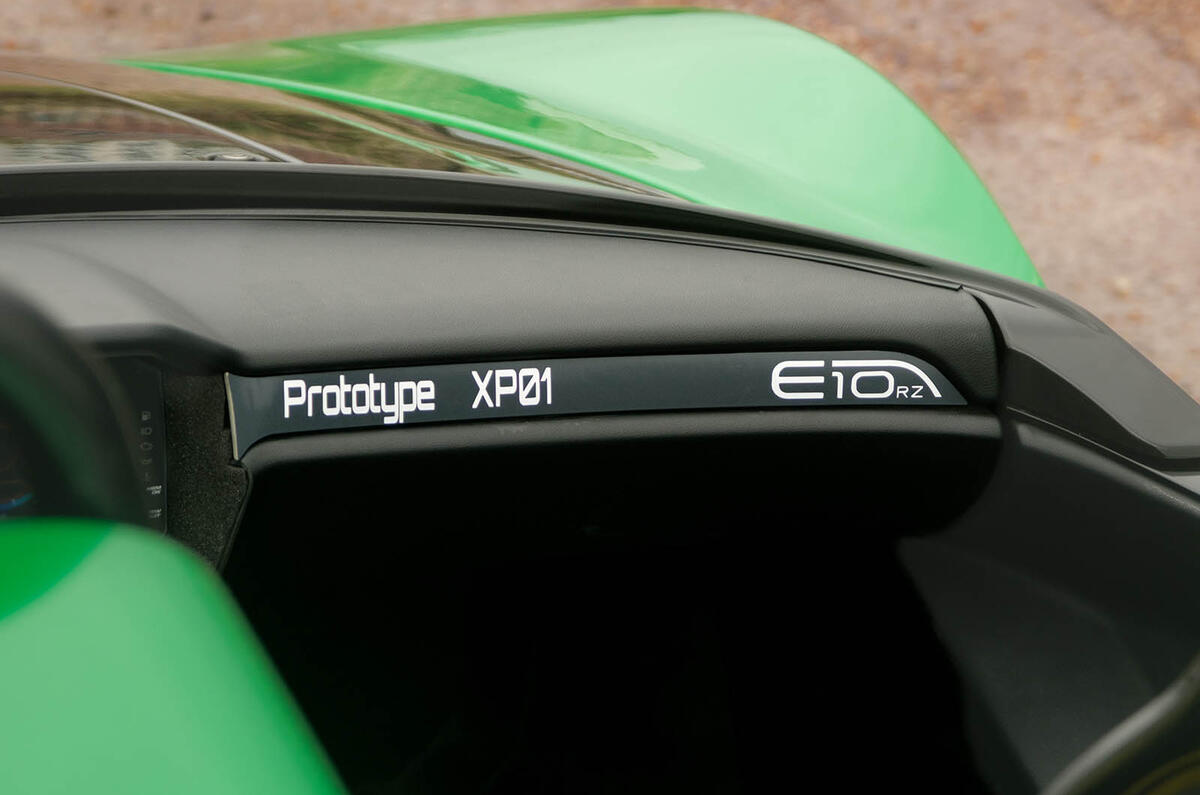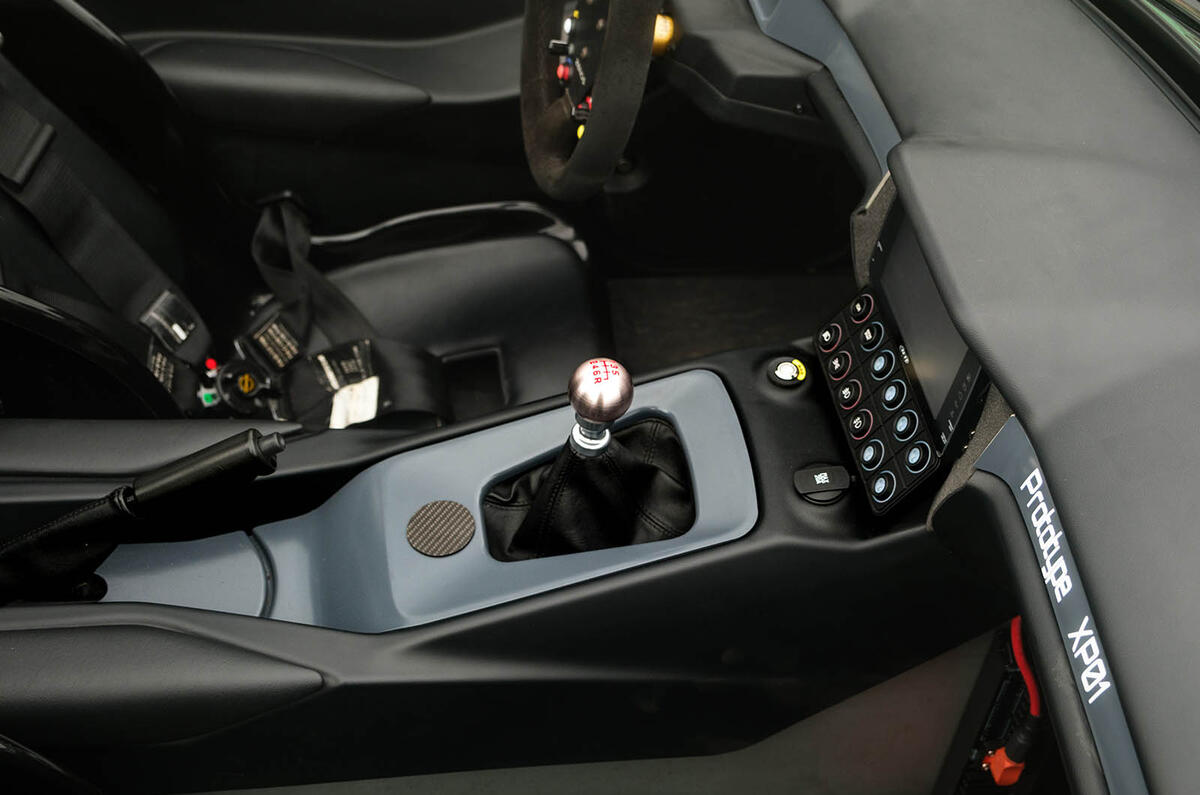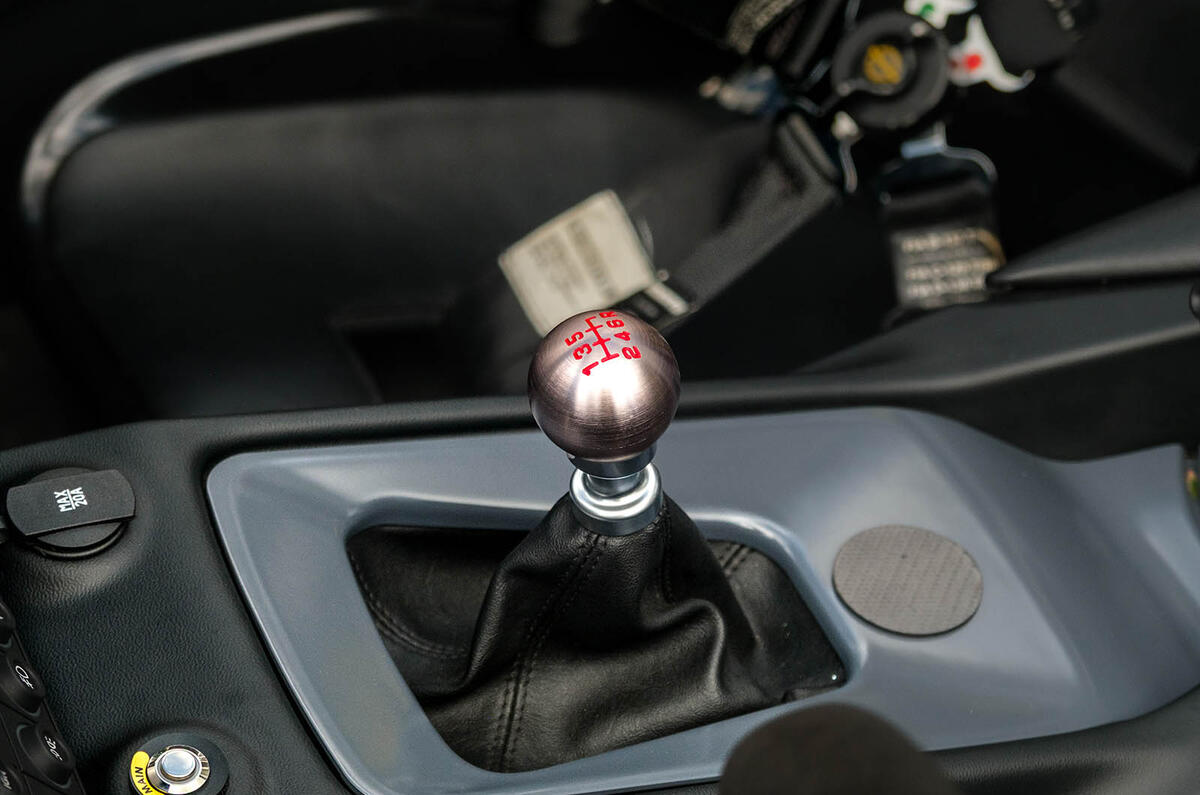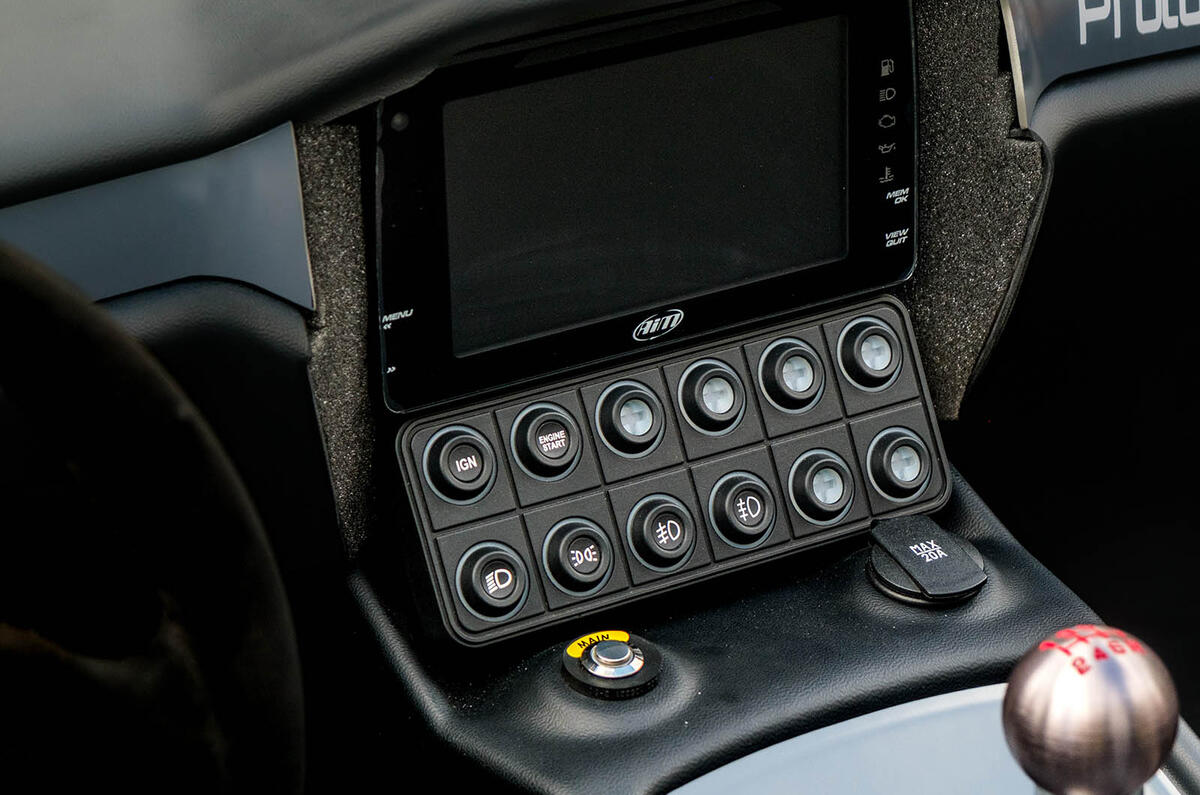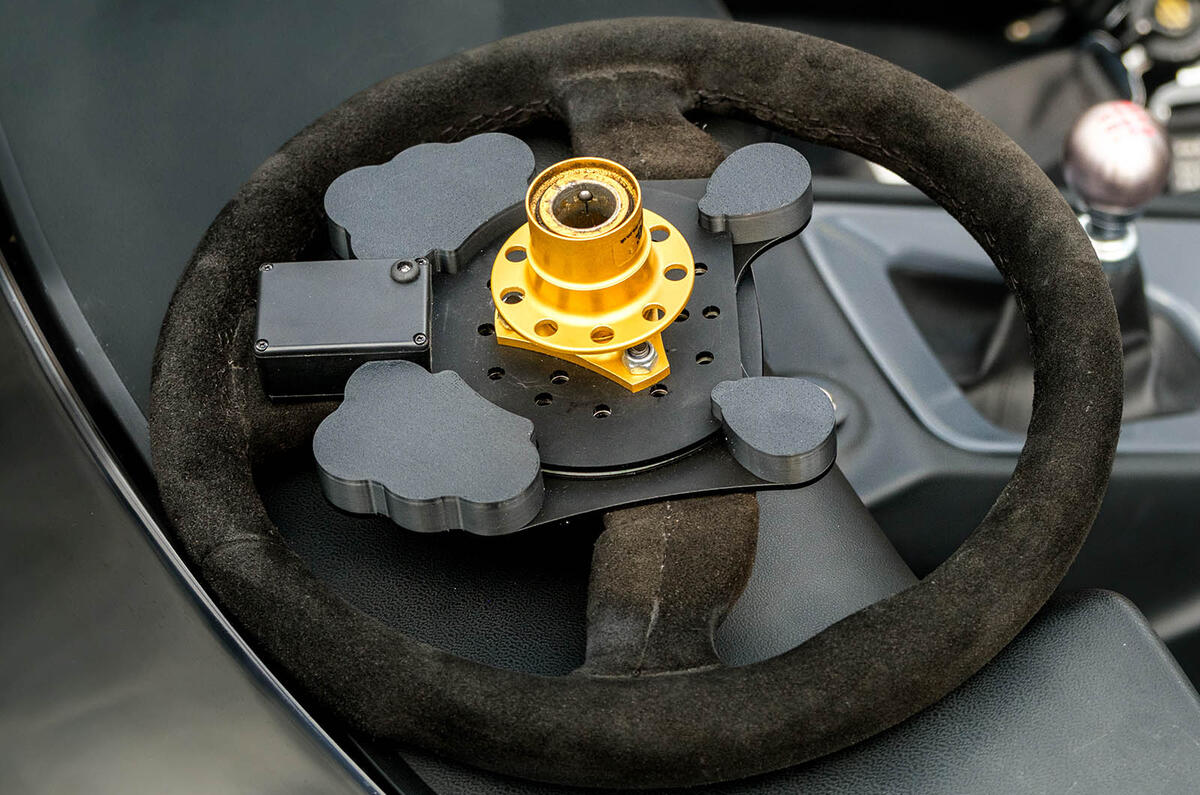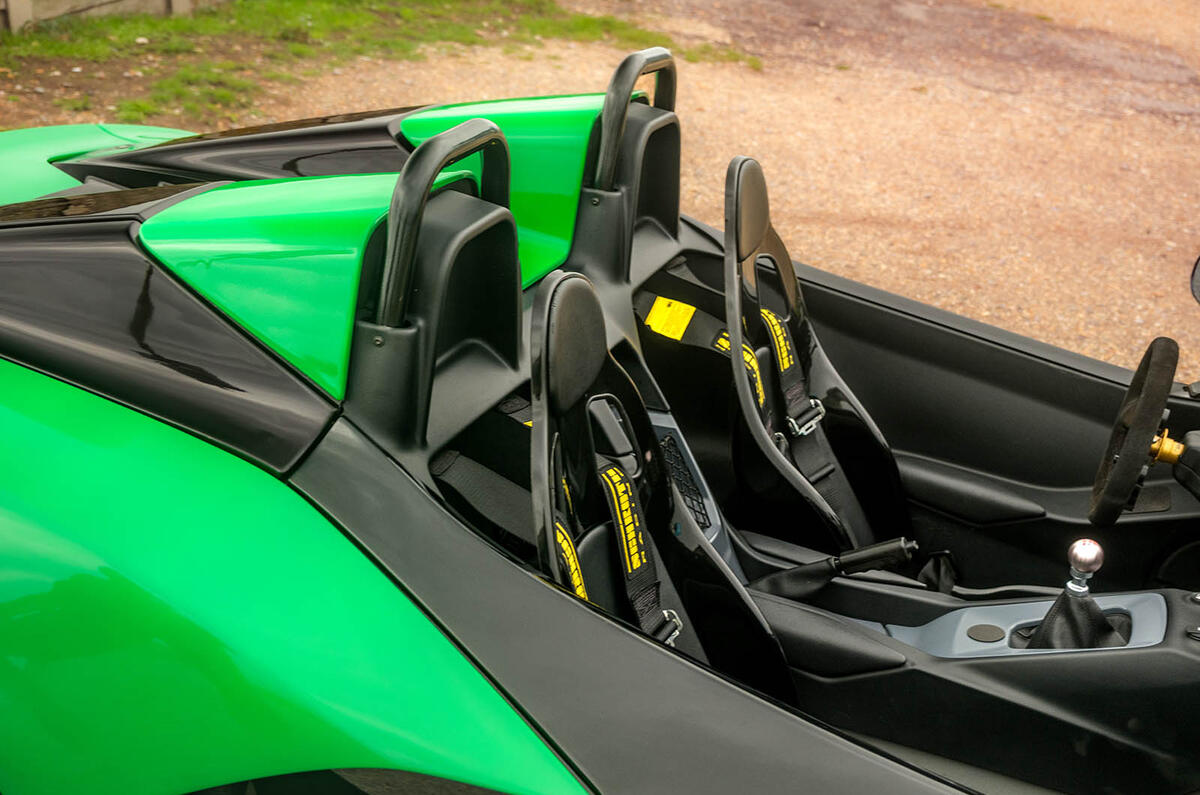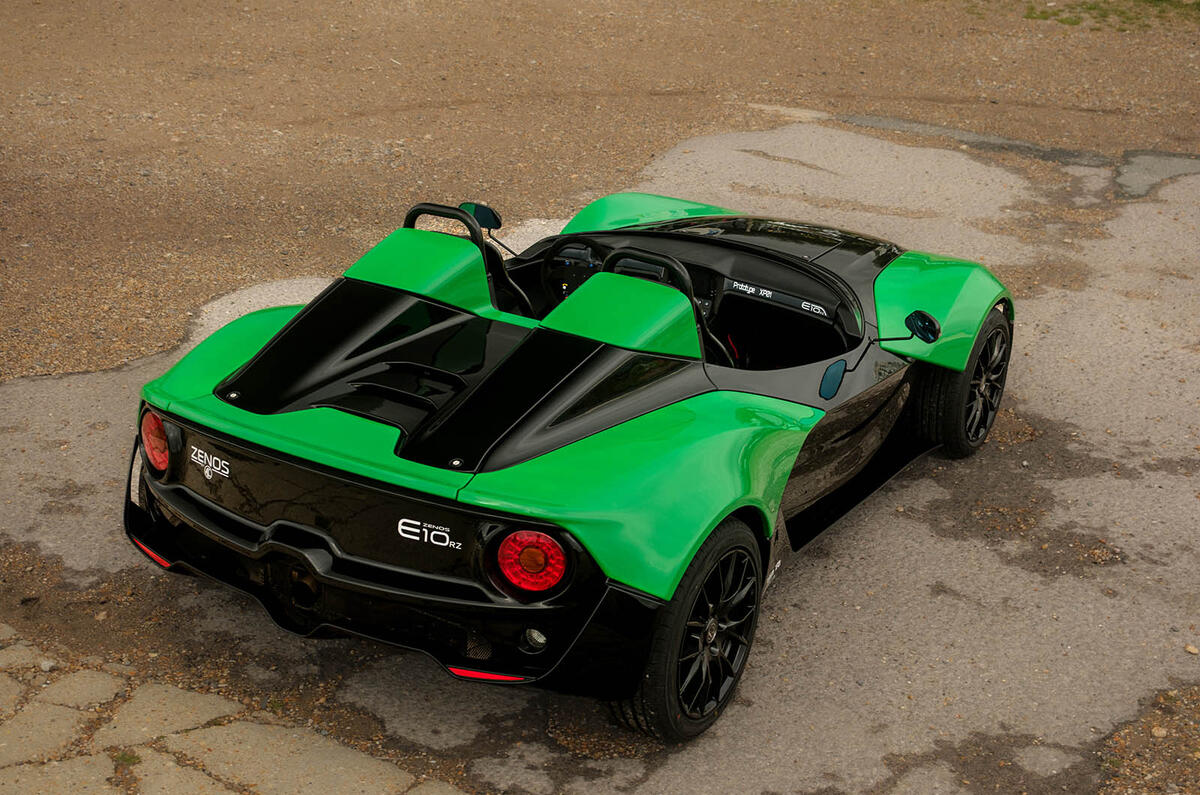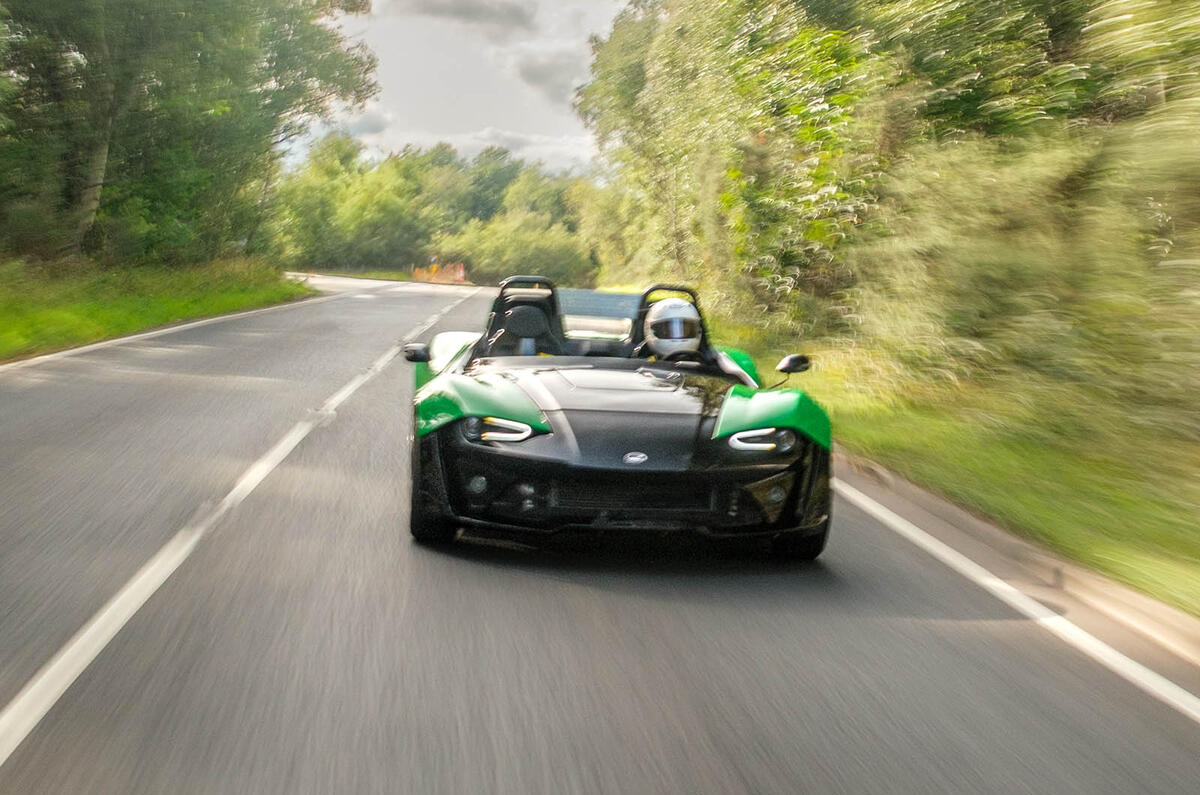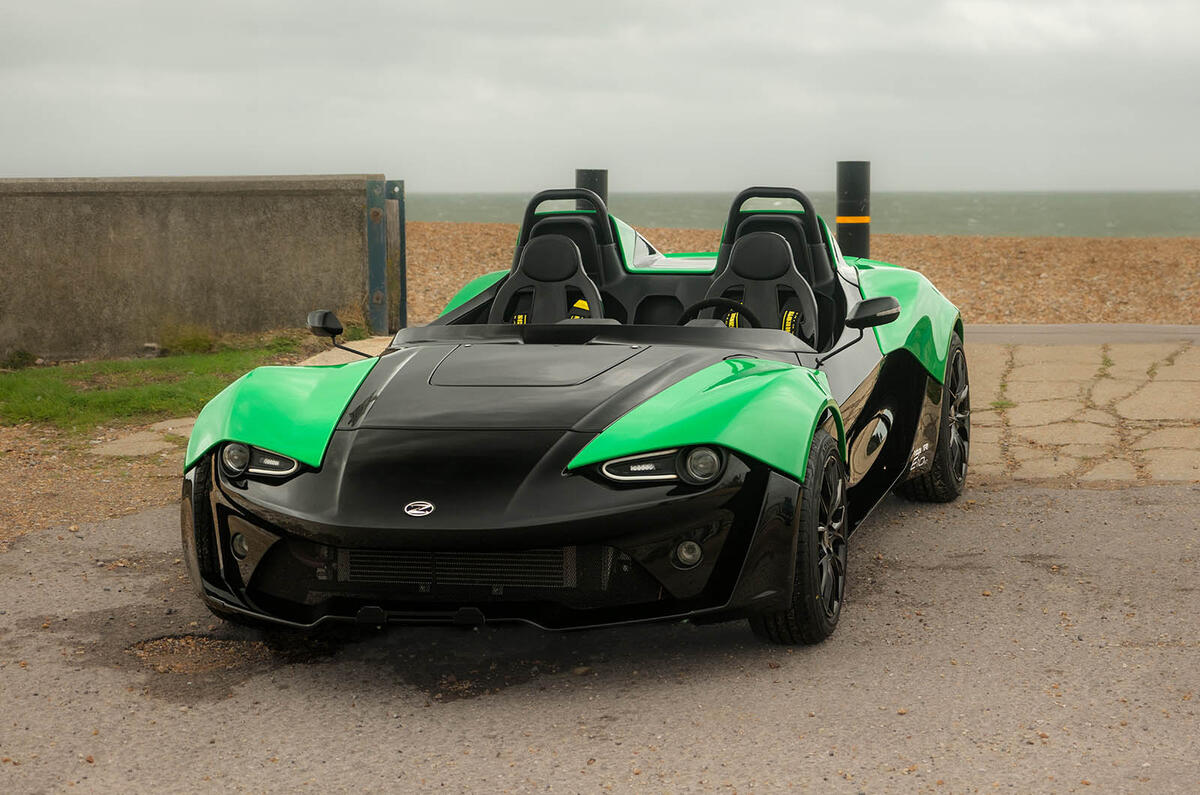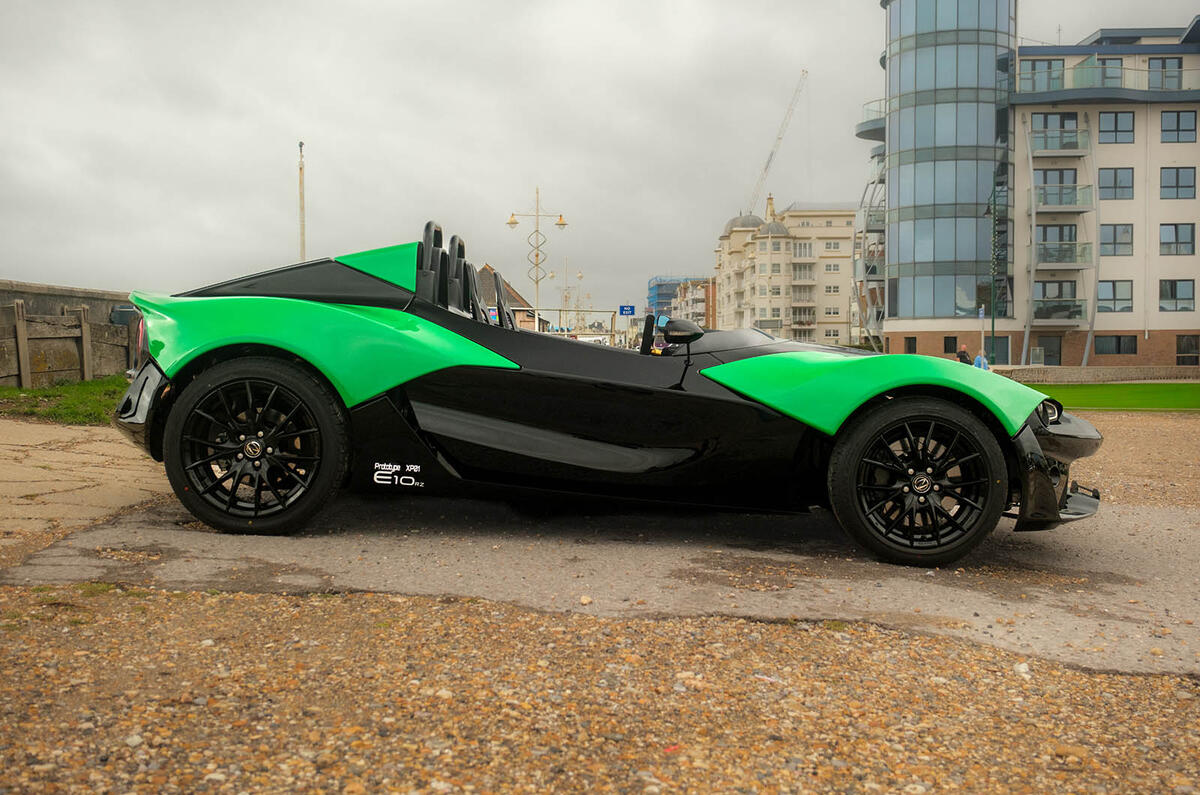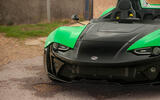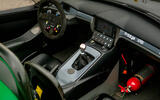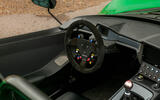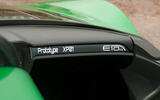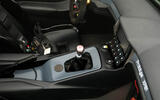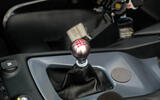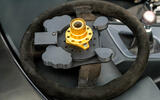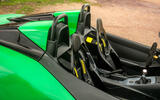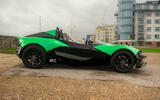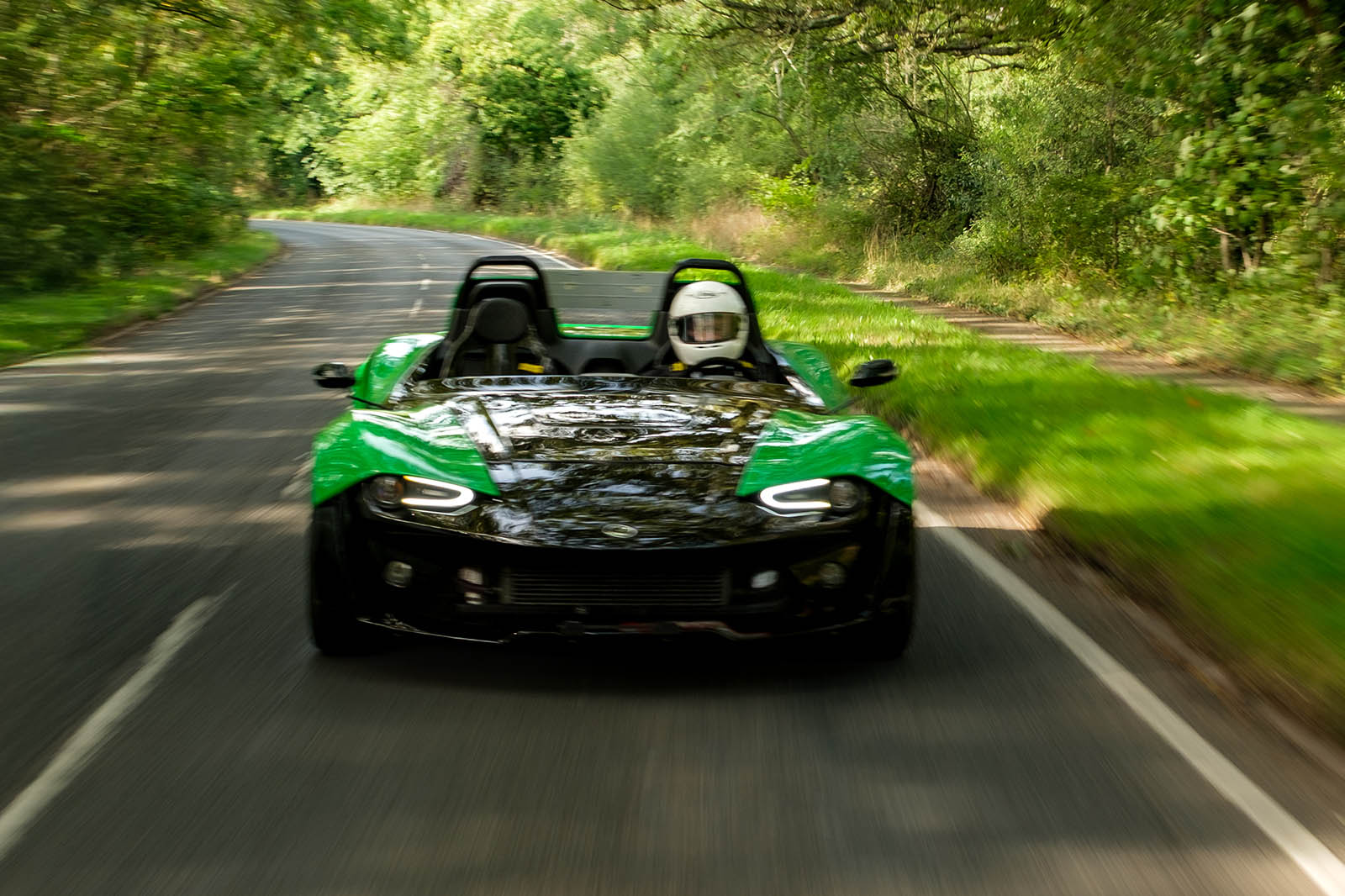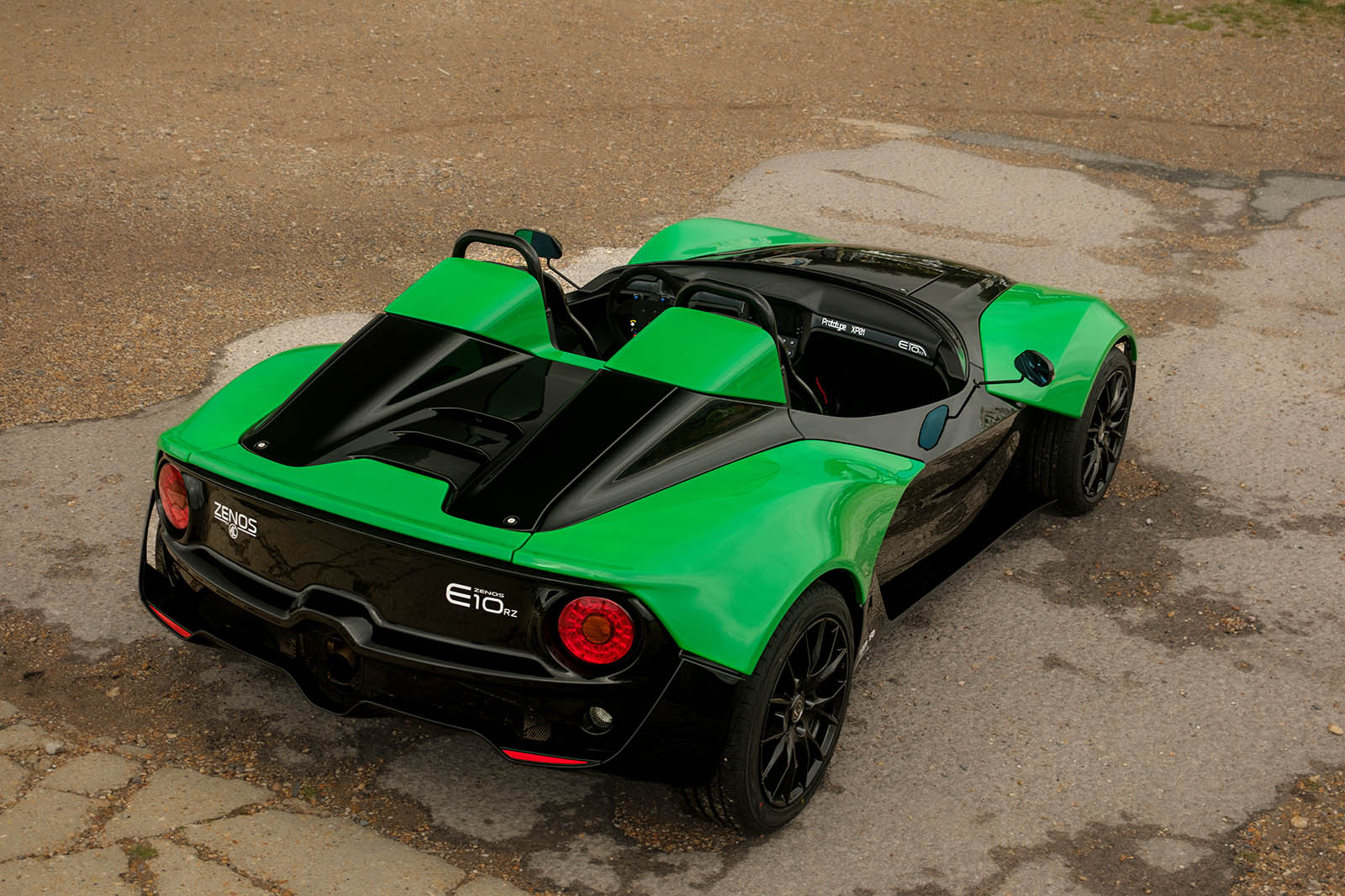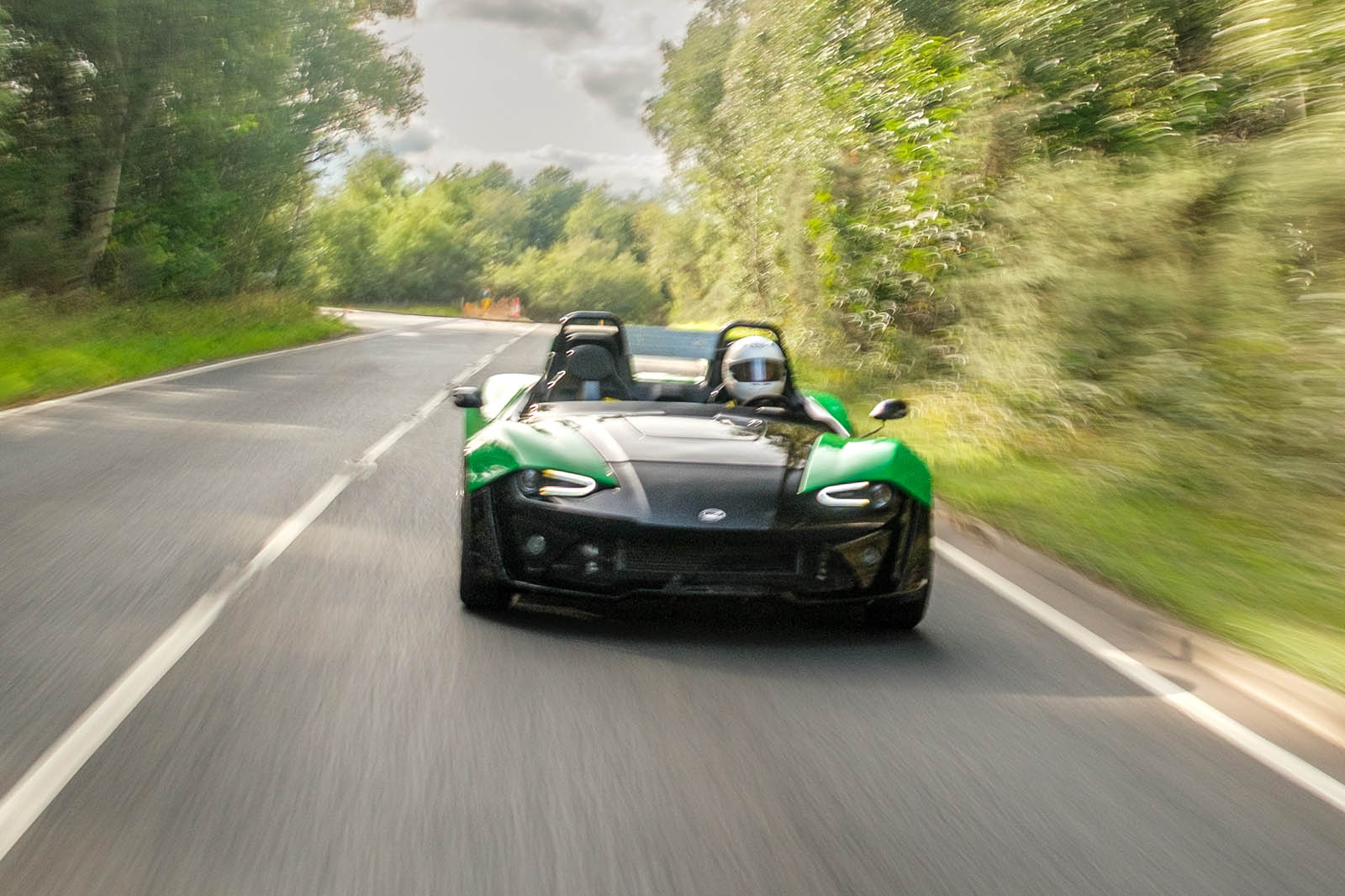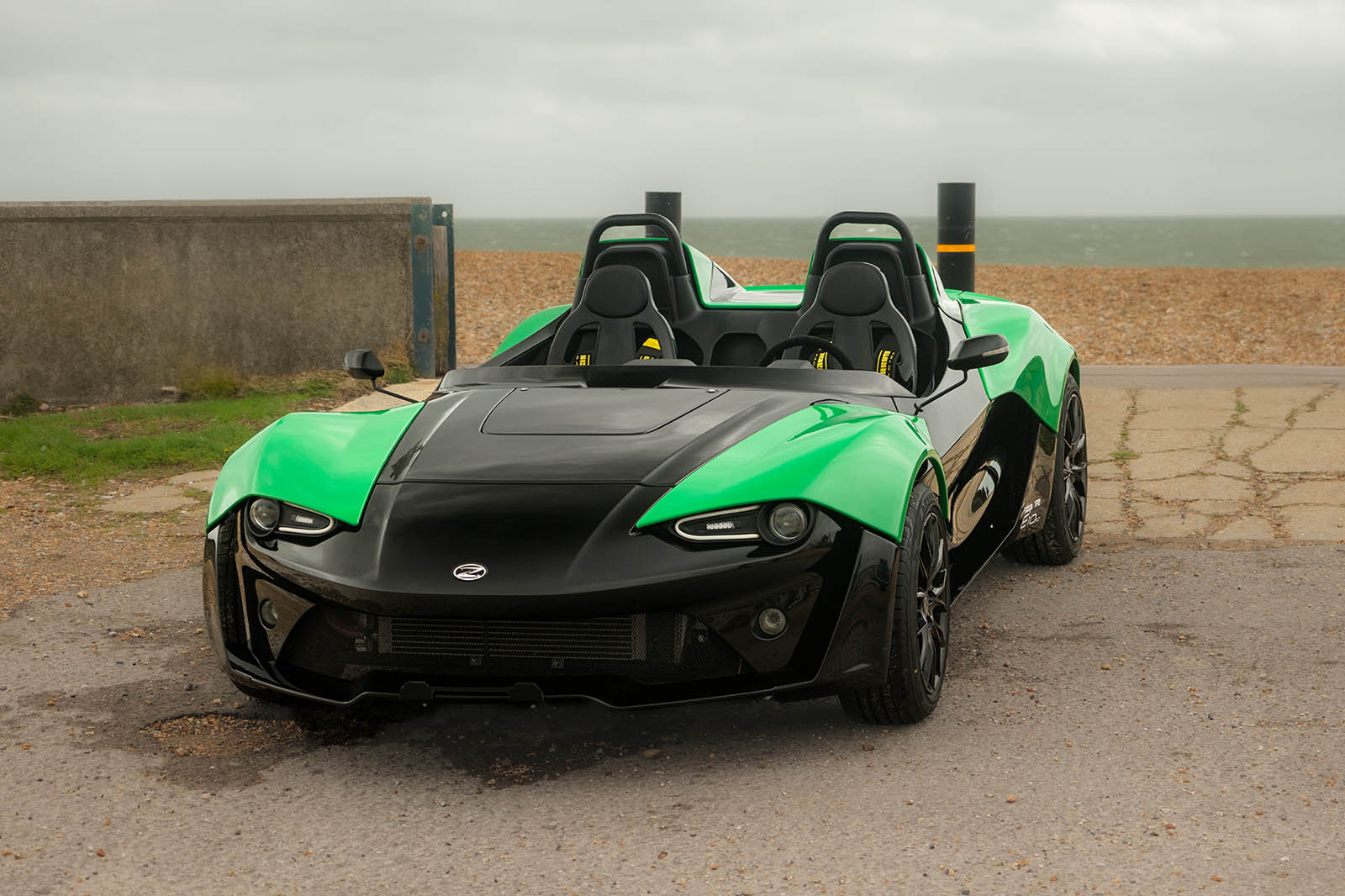Zenos is back. I know it’s possible you don’t remember it from the first time, so, to recap, this two-seat lightweight roadster, the Zenos E10, was the brainchild of some engineers who had worked at Lotus and Caterham and was introduced to us in 2014.
It was deliberately built down to a price – £24,995 – because the founders thought there were too many sports cars that were designed to be perfect so ended up so expensive that they only had one customer: the company’s founder.
Owing to its price and being nice to drive, the E10 was reasonably popular (around 150 were made), but it was too cheap, and so in 2017 Zenos went into administration, from which its assets were acquired by AC Cars.
There they remain, and in the past year AC has started taking a Zenos resurrection seriously.
The E10 you see here is the only working prototype, a test bed for a new powertrain. But AC thinks it will be customer-ready in the second quarter of next year, at a price that will let it wipe its feet. More on which later.



